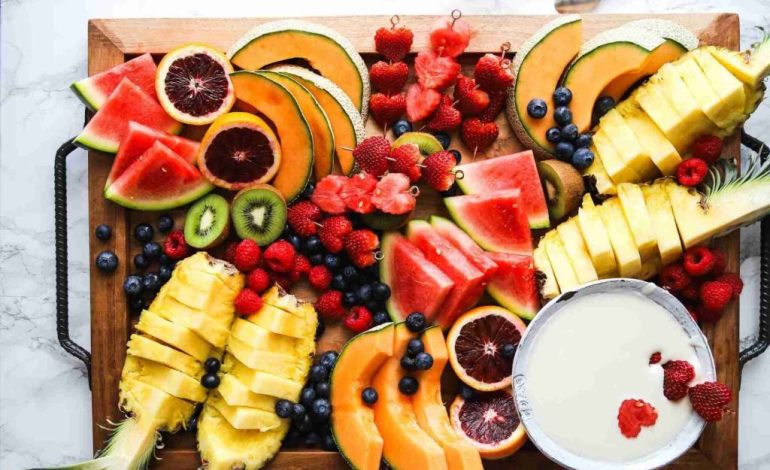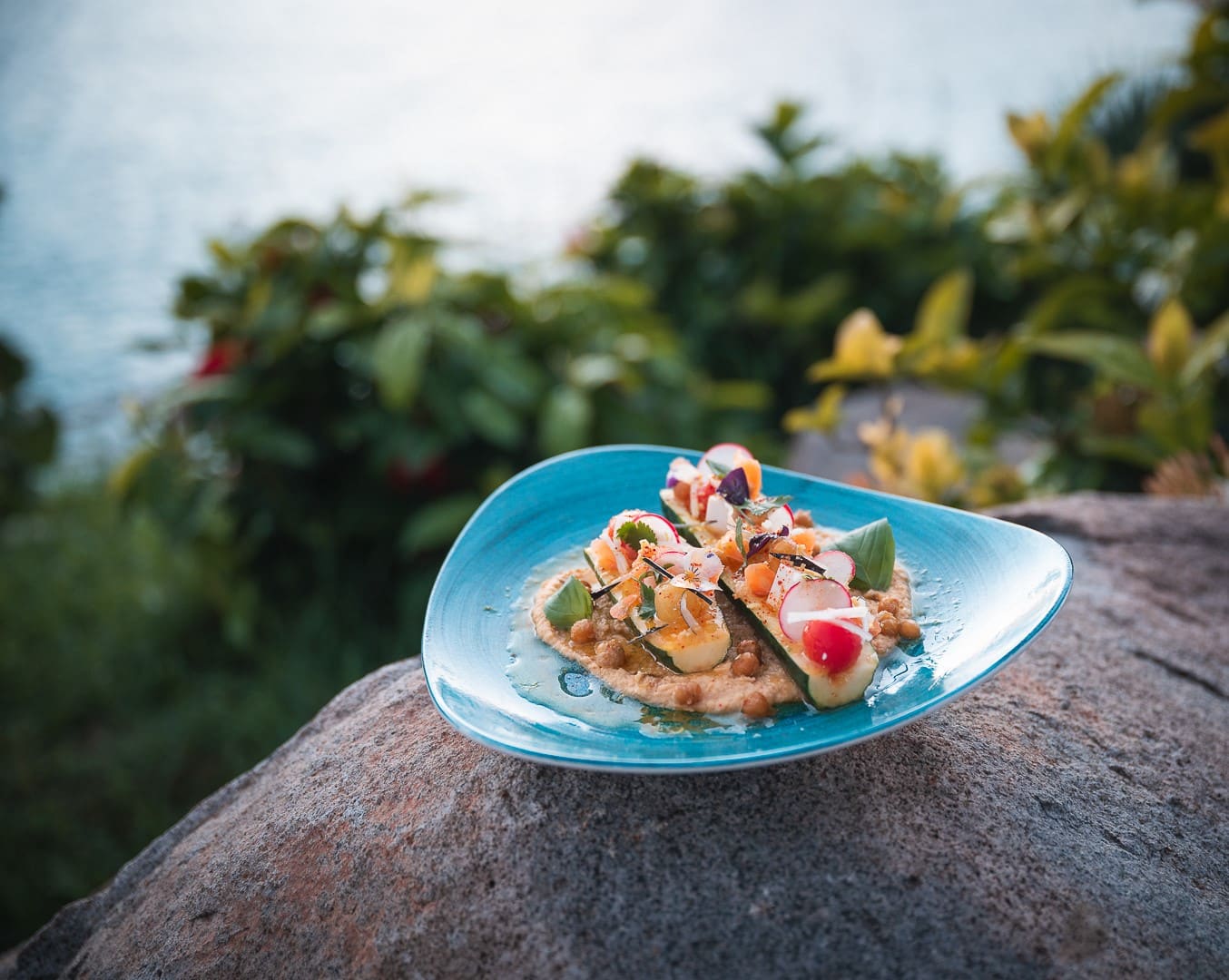How to Adapt Recipes for Dietary Restrictions

Navigating dietary restrictions can be challenging, but with a bit of creativity and knowledge, anyone can enjoy delicious meals tailored to their needs. Whether due to allergies, intolerances, or personal choices, modifying recipes to meet specific dietary requirements doesn’t mean sacrificing flavor or satisfaction. Understanding how to make these adjustments effectively ensures that everyone can partake in a shared meal without compromising their health or preferences.
Understanding Common Dietary Restrictions
Different dietary restrictions require specific adjustments to ingredients and cooking methods. Some of the most common restrictions include gluten-free, dairy-free, vegan, and nut-free diets. For gluten-free recipes, substitute wheat-based ingredients with alternatives like almond flour, rice flour, or gluten-free oats. For those avoiding dairy, plant-based milks such as almond, soy, or oat milk are excellent replacements. Vegan diets require the exclusion of all animal products, so recipes might need substitutes like tofu, tempeh, or legumes for protein. Nut-free diets necessitate careful consideration of ingredients, especially in baked goods, where seeds or coconut can often serve as a substitute.
Ingredient Substitutions: A Key Strategy
Ingredient substitutions are the cornerstone of adapting recipes. It’s essential to understand the role of each ingredient in a dish to find an appropriate replacement. For example, eggs serve as binders in baking, but chia seeds, flaxseeds, or applesauce can perform the same function. Butter, often used for its fat content, can be replaced with coconut oil, margarine, or even avocado for a different but equally rich texture. For sweeteners, those avoiding refined sugars might opt for natural alternatives like honey, maple syrup, or agave. These swaps allow you to maintain the integrity of the dish while accommodating dietary needs.

Balancing Flavors and Textures
When adapting recipes, it’s crucial to balance flavors and textures, as some substitutions can alter the original taste and consistency. For instance, using almond flour instead of wheat flour may produce a denser product, which might require additional liquid or leavening agents to achieve the desired result. Similarly, plant-based milk often lacks the richness of dairy, so adding a little extra fat, such as coconut cream, can help. Seasoning is another area where attention is needed; some dietary restrictions might require reducing sodium or avoiding certain spices, so finding alternative herbs and flavorings is vital for keeping the dish flavorful.
Testing and Tasting: The Final Steps
Adapting recipes often requires trial and error to get things just right. Start by making small batches to test how your substitutions work. Keep notes on what works and what doesn’t, adjusting the recipe accordingly. It’s also helpful to have others taste the final product, especially those with similar dietary restrictions, to ensure the dish is enjoyable for everyone. With time and practice, you’ll develop a repertoire of reliable recipes that cater to a variety of dietary needs without compromising on taste or quality.
Conclusion
Adapting recipes for dietary restrictions is a rewarding process that allows everyone to enjoy diverse and delicious meals. By understanding the basics of common dietary needs, making thoughtful ingredient substitutions, and carefully balancing flavors and textures, anyone can modify recipes to fit their unique dietary requirements. Testing and tasting play a crucial role in refining these recipes, ensuring that the final dish is both satisfying and safe for all to enjoy. Websites like specialized culinary blogs can offer further guidance and inspiration, making the journey of adapting recipes both fun and fulfilling.









